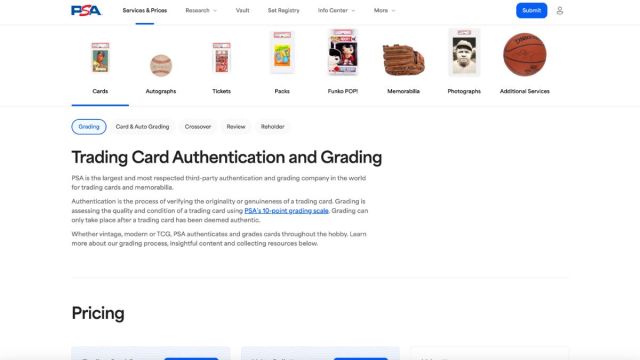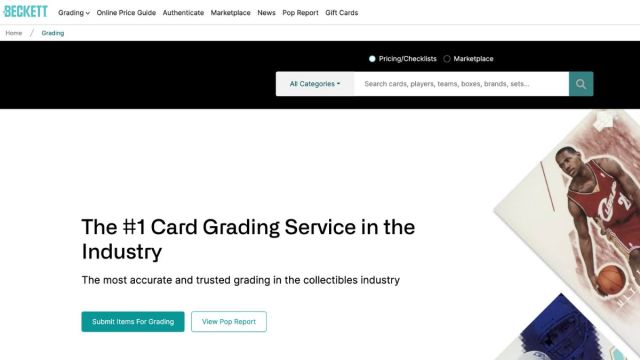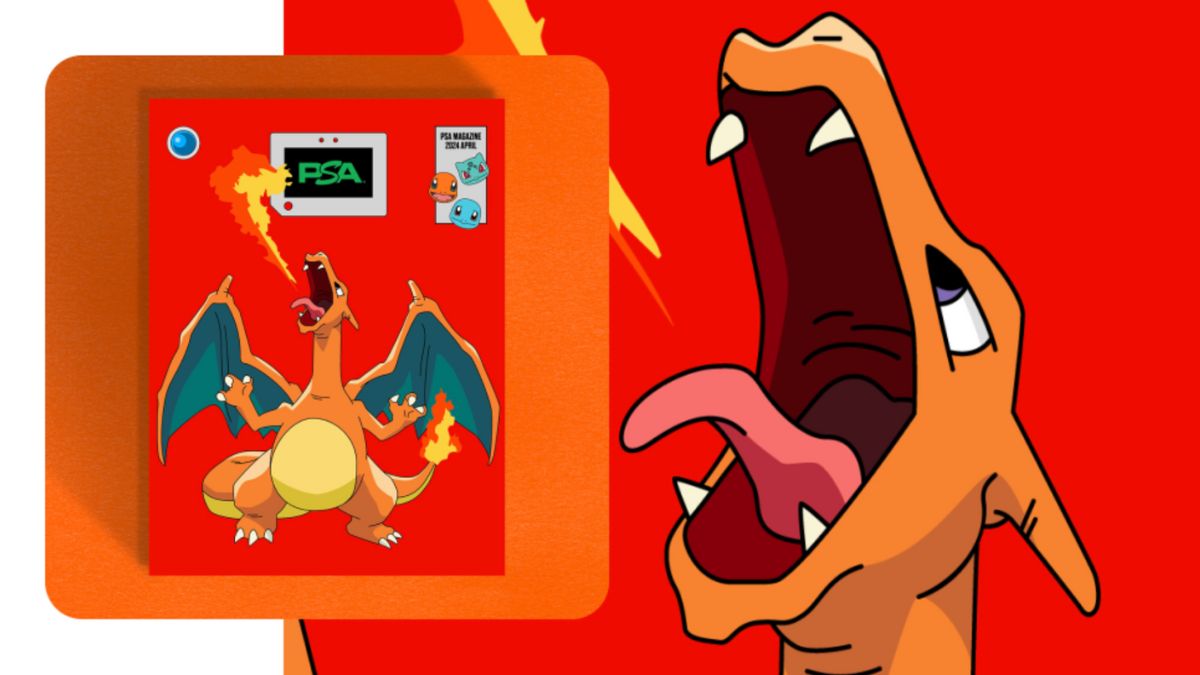Pokemon Cards can be incredibly valuable depending on a few factors. For example, something as simple as featuring Charizard can boost value, along with the card’s condition, or any printing defects. It’s a minefield for anyone opening packs who finds a rare card because they need to know how to grade Pokemon Cards immediately, or they might lose out on opportunities to sell or trade.
How to determine if a Pokemon Card is rare
To grade a Pokemon Card, you need to first check that it’s worth being graded, and then use a well-known company to have the card graded and sealed in a plastic shell. There are a few factors that will determine whether your Pokemon Card should be graded. I’ve listed these below so you know that if your card checks all of these boxes, you should seriously consider getting it graded.
- Check that your Pokemon Card is worth grading. This can be subjective, such as with cards that have sentimental value. However, the most common reason to grade a card is because it’s rare. You need to do your research and really know if you’ve got a rare card, so it helps to keep up to date with what content creators are saying is rarest, meaning you know those cards by sight while opening packs.
- Once you have a rare card, you need to check that it’s a good version and is going to be worth the money you’ll spend grading it. These factors are:
- Does the card have straight corners with no signs of wear or bending?
- Are the edges crisp with no signs of fraying?
- Is the surface of the card free from scratches?
- Is the art and text centered on the card? Usually, you want it to be, but misprints with odd placements can be valuable and worth grading.
- How does the card look overall? If there’s something off with it that makes it look like one you wouldn’t want to buy, it’s probably not worth grading.
- If your Pokemon Card passes all the checks above and seems worth grading, send it to a reputable grading company.
Who should you send Pokemon Cards to for grading?

The best-known company for grading Pokemon Cards, but also most TCGs, is PSA. It’s a trading card game authentication and grading service that will assess any card you send. Once the card has been graded, it’ll be sent back in a clear plastic shell that protects it. That shell also states the quality of the card according to an easy-to-understand grading system.
Each card is graded on a scale of 1 to 10, with 10 being the best. That grading is based on the condition of the card, whether it’s been bent, how crisp the edges are, if there’s any light damage, and even checks for damage caused by finger oils. That’s why it’s best to sleeve every card you get to avoid causing any damage at all.
Finally, PSA also provides a certification number. This is incredibly important because it gives your card a paper trail. You can show the transaction on your bank account or physical receipt to say you purchased the pack the card was in. You can then use the certification number from PSA to show any potential buyers the exact process it’s been through. They can check that with PSA if they want to, ensuring they feel protected when buying your card.

BGS is another well-known trading card grading company. It offers the same 10-point level scaling service, so you’re getting the same overall product regardless of where you go. We can’t say if there’s much of a difference in which company gives out more high-quality grades than the other.
The only thing that should sway you between one company or the other is what you intend to do with the card. If you’re just trying to protect the card for sentimental reasons or because you really like it, go for the cheapest service. If you want to sell the card you’re having graded because you think it’ll be worth a lot of money, you should figure out which grading potential buyers will trust more. The most common gradings I’ve seen are from PSA, but that might just be because more people know and trust that brand.





Published: Mar 13, 2024 02:18 pm